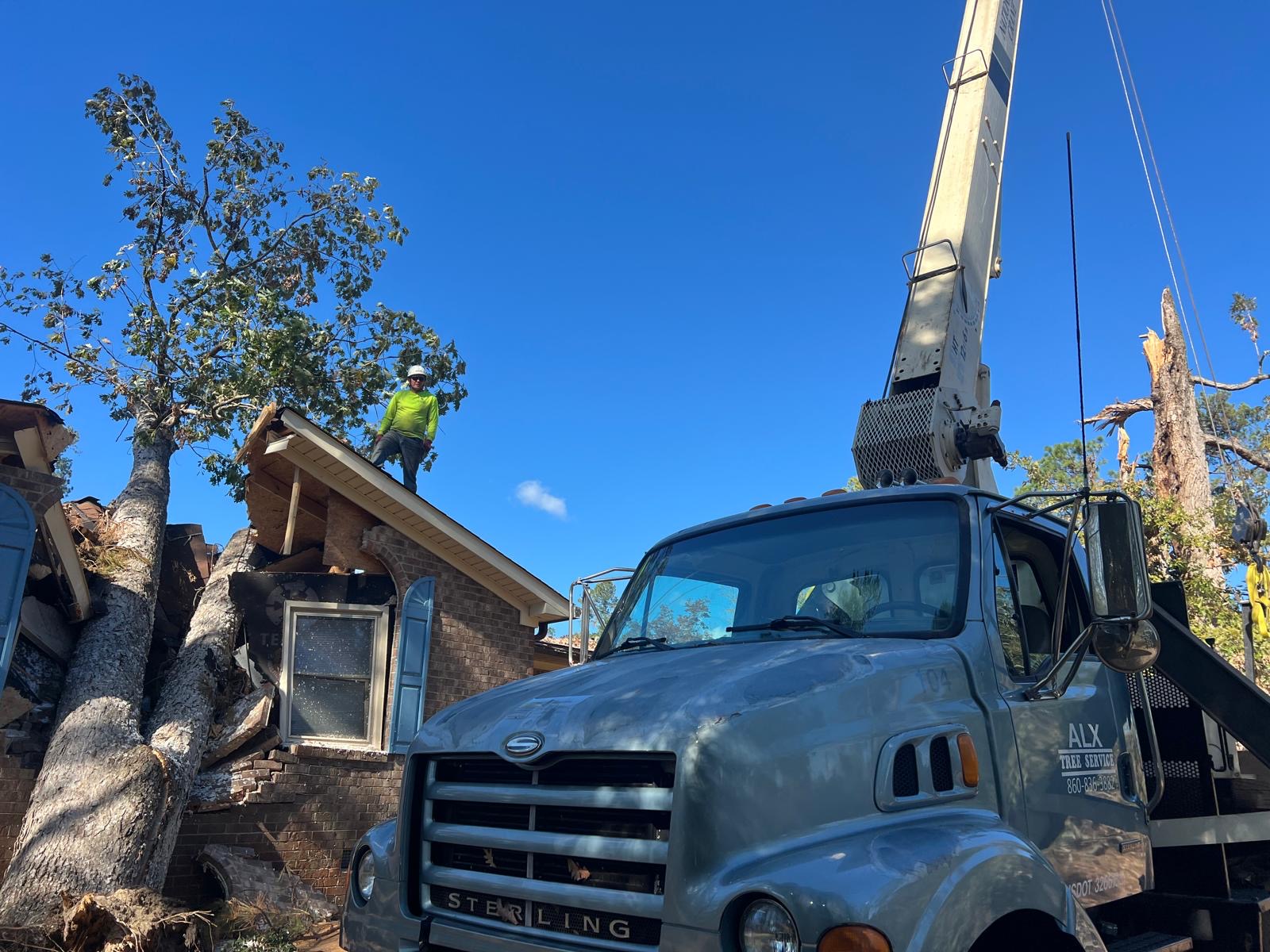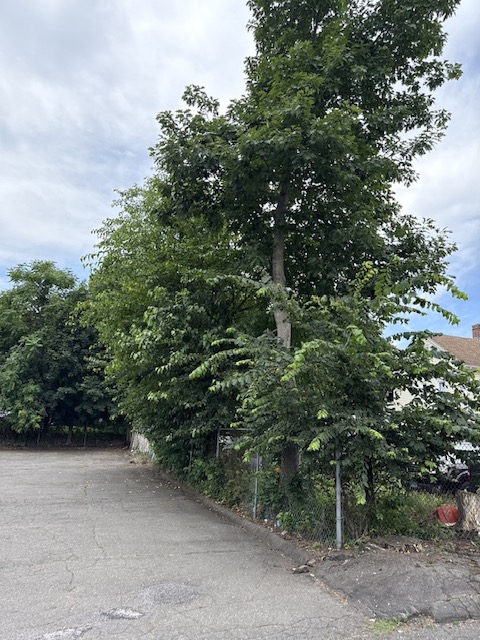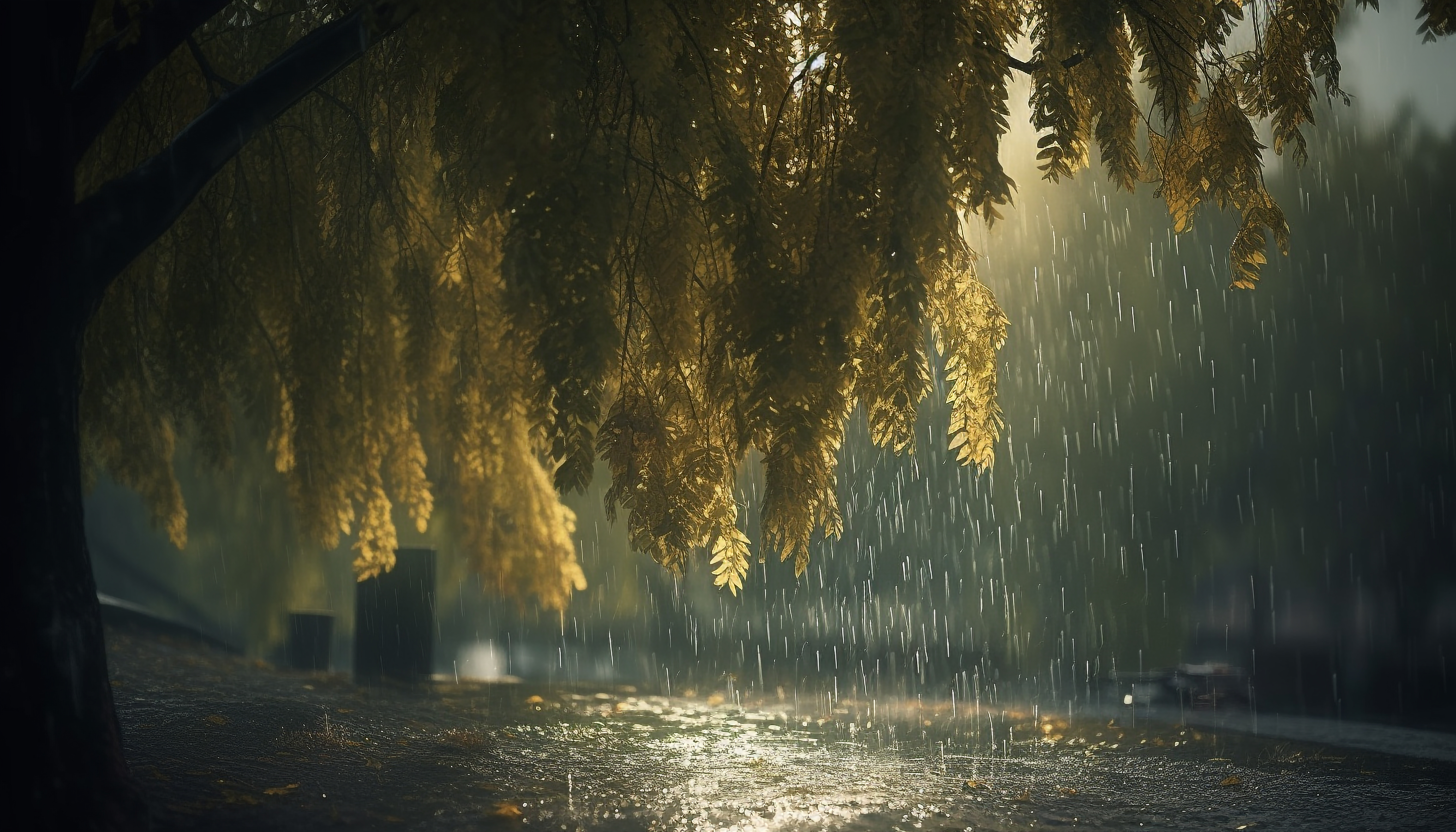Top 5 Tree Species Causing Property Damage in Connecticut
By Tree Emergency Expert
Tree Emergency Expert

In Connecticut, especially around New Haven County, trees offer incredible benefits, but when things go wrong, they become serious liabilities. We love them—shade in summer, color in fall, beauty year-round. But when they fail? They take roofs, cars, and power lines with them.
Top 5 Tree Species Causing Property Damage in Connecticut
“In just one storm, a single mature oak can unleash the force of a wrecking ball.” — Arborist saying that’s proven true more than once.
In Connecticut, especially around New Haven County, trees offer incredible benefits, but when things go wrong, they become serious liabilities. We love them—shade in summer, color in fall, beauty year-round. But when they fail? They take roofs, cars, and power lines with them.
I run an emergency tree service. I've seen it all—from a 100-year-old maple slicing through an attic like butter to a rotted pine snapping in a silent snowstorm. Not all trees are equal when it comes to risk. Some species are more prone to damage, failure, and destruction than others.
Here’s your must-know list: the top five tree species that cause the most property damage in Connecticut—and what you can actually do about them.
1. Silver Maple (Acer saccharinum)
Why it’s a problem:
Fast-growing and brittle. Silver maples were planted like crazy in the 50s and 60s for quick shade, but they’re infamous for weak wood and heavy limbs that split under stress. Add high winds or a snow load? Boom—massive limbs on your roof or through your windshield.
Action step:
If you’ve got one within striking distance of your home, schedule a structural pruning or removal assessment ASAP. Look for large V-shaped crotches, which are especially failure-prone.
2. White Pine (Pinus strobus)
Why it’s a problem:
These giants can grow over 100 feet tall and develop a top-heavy structure. That’s a major risk during Nor’easters or wet snow events. They’re also shallow-rooted, making them prone to uprooting in saturated soil.
Action step:
Watch for tilting trunks, exposed roots, or any pitch leaks from cracks. Don’t wait for it to “eventually fall”—these fail fast and hard.
3. Norway Maple (Acer platanoides)
Why it’s a problem:
This invasive species weakens native forests and urban canopies alike. It grows wide and dense, blocking light and stressing neighboring trees. The real danger? Shallow roots and heavy limbs overhanging homes, driveways, and power lines.
Action step:
If it’s crowding your yard or leaning over your roof, get a certified arborist to inspect its structure. Removal may actually help other nearby trees thrive.
4. Black Locust (Robinia pseudoacacia)
Why it’s a problem:
Surprisingly common in older neighborhoods and rural areas. Black locusts rot from the inside out—meaning they can look healthy but be totally hollow. They’re strong, until they’re not. When they go, they snap at the base with very little warning.
Action step:
If you’ve got one close to the home, inspect it for cracks, mushrooms at the base, or bark splitting. Any of those = red flag.
5. Bradford Pear (Pyrus calleryana)
Why it’s a problem:
They might look nice, especially when they're in full bloom. But Bradford pears have a bad reputation for a reason. Their structure is weak, and once they hit 15 or 20 years old, they’re ticking time bombs. Most are already overdue for failure.
Action step:
If your pear tree has multiple trunks or visible splits, it’s only a matter of time. Consider replacing it with a native species before it becomes a chainsaw emergency.
Final Thoughts: Don’t Wait for a Storm to Force Your Hand
Tree damage is predictable, and that means it’s preventable. Every species on this list has a known failure pattern. If you know what to look for—or bring in someone who does—you can avoid the heart-stopping moment when a tree smashes through your home.
We offer risk assessments, fast storm prep inspections, and 24/7 emergency service throughout New Haven County. If a tree’s got you worried, let’s take a look. Because when it comes to tree damage, what you don’t know can absolutely hurt you.
Need a second opinion or a professional eye on your property? Give us a call today.
Share this article:
Related Articles

How Advanced Equipment Speeds Up Emergency Tree Removal
When a tree crashes through your roof or takes out a power line, you don’t have time for delays. You need answers. Fast. And more importantly, you need a crew with the right tools—not just a chainsaw and a pickup. At 1 Tree Emergency, we specialize in high-stakes, high-speed tree removals. What sets us apart? We come equipped. Literally. With advanced equipment like spider lifts, cranes, grapple saws, and remote-controlled rigs, we can tackle dangerous removals faster, cleaner, and without causing more damage to your property.

Is a Leaning Tree an Emergency? Signs It’s About to Fall
A leaning tree can be nothing. Or it can be an imminent, 10,000-pound disaster. And knowing the difference? That can save you thousands of dollars—or your roof.

How Straight-Line Winds in Media, PA Create Hidden Tree Hazards
Straight-line winds aren’t tornadoes. But they pack the same destructive punch. These winds, often part of fast-moving thunderstorms called derechos, blast in one direction—hard and fast. Speeds regularly hit 60 to 100 mph.
Need Emergency Tree Service?
Our team of certified arborists is available 24/7 to handle any tree emergency.